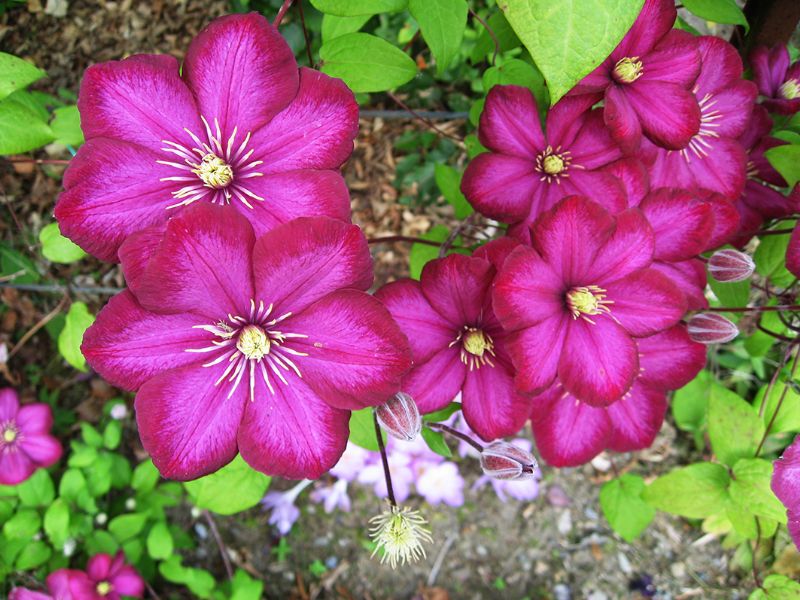- Home
- News, Articles & Reviews
We are hiring! Please click here to join our growing magazine delivery team in Gloucestershire!
Areas
Homes & Gardens
Archive

So much to do, so little time
All Areas > Homes & Gardens > In the Garden
Author: Julia Smith, Posted: Saturday, 24th January 2015, 08:00
February is the shortest month of the year, which – considering the weather and dark evenings and mornings – is just as well! Once February is out of the way everything seems to speed up with bulbs flowering, vegetable seeds to be sown, weeding and tidying in the borders and the lawn needing cutting again. Anyway, enough of what is to come, what to do this month.
Deciduous shrubs – those with leaves that fall off in winter – that flower later in the year can be pruned now. For example, the butterfly bush (Buddleia davidii), which needs a good hard prune to stop it becoming a spindly monster, and hypericums, which often get infected with rust disease, can also be pruned right back to the ground.
The tangled mess of later flowering clematis (group 3) can be chopped off about 15cm from the ground – you will see the new buds already forming.
Tidy up any containers of pansies etc. while dead-heading and picking off any mouldy leaves. This keeps them flowering and looking good. Window boxes could still need watering even after prolonged rain, as they are sheltered – don’t drown them, but keep them slightly moist.
If the weather is good and the soil fairly dry underfoot you could even take the first lawn cut of the year – I know it probably doesn’t seem like five minutes ago that you were thankfully putting that mower away for the year. Keep the blades high so that you only take off the very top of the grass – this will keep the grass stronger and you can reduce the height as the season progresses, thus making it harder for moss and weeds to take hold.
This year why don’t you grow some early potatoes? You will find early seed potatoes in the garden centres – the variety ‘Accent’ is a good one but there are plenty of others. Put them individually in egg boxes to ‘chit’ in a cool, bright place. Don’t let them get frosted in an unheated greenhouse, or if frost is forecast cover them over in fleece and then uncover again in the morning.
Chitting is just a term for sprouting – you want sprouts about 1.5cm long ready to plant out in late March. You don’t have to even have a garden as there are many different companies selling sturdy bags or bins that have been designed to grow potatoes in and can be kept on a patio – a dustbin with holes in the base would do fine.Other Images
Copyright © 2025 The Local Answer Limited.
Unauthorized use and/or duplication of this material without express and written permission from this site's author and/or owner is strictly prohibited. Excerpts and links may be used, provided that full and clear credit is given to The Local Answer Limited and thelocalanswer.co.uk with appropriate and specific direction to the original content.More articles you may be interested in...


© 2025 The Local Answer Limited - Registered in England and Wales - Company No. 06929408
Unit H, Churchill Industrial Estate, Churchill Road, Leckhampton, Cheltenham, GL53 7EG - VAT Registration No. 975613000You are leaving the TLA website...
You are now leaving the TLA website and are going to a website that is not operated by us. The Local Answer are not responsible for the content or availability of linked sites, and cannot accept liability if the linked site has been compromised and contains unsuitable images or other content. If you wish to proceed, please click the "Continue" button below:




